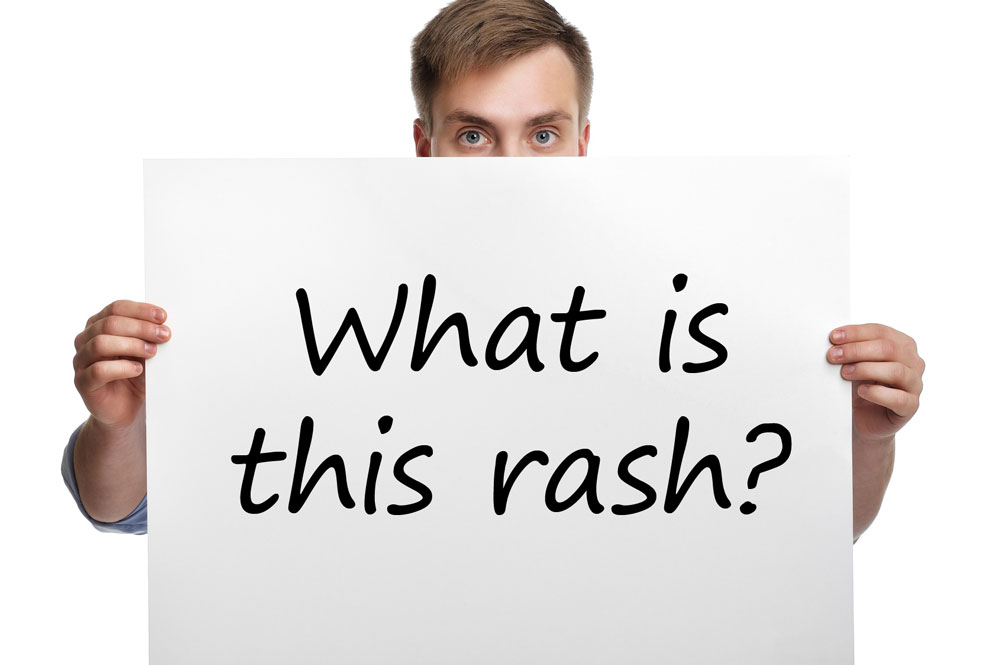
Ringworm is a common skin infection that causes an uncomfortable rash. Although the name “ringworm” might make you think that a worm causes it, this isn’t true. Read on to learn what really causes ringworm, what you can do to treat it, and how to prevent getting it.
What is ringworm?
Ringworm is an infection caused by many types of fungus, also called “Tinea”.
The terms for these infections are named for the part of the body they infect, but more than one type of tinea can be responsible for the four locations:
- Tinea pedis: infection in the feet; you might know this as “athlete’s foot”
- Tinea capitis: infection in the head or scalp
- Tinea cruris: infection in the groin or inner thighs, also called “jock itch”
- Tinea corporis: infection in any other part of the body
What are the symptoms of ringworm?
Symptoms of a ringworm infection depend on the part of the body infected, and include:
- Itchy and painful rash (tinea cruris)
- Itchy, red, cracked skin with blisters (tinea pedis)
- Itchy, red skin, and bald patches on the head (tinea capitis)
- Small red spots that grow into large rings, and may also itch (tinea corporis)
The fungus tinea spreads out in a circle as it grows, but it leaves normal looking skin in the middle – this is where the “ring” part of “ringworm” gets its name. The “worm” part of “ringworm” gets its name because a little bit of irritated skin is raised up at the edge of the ring, and sometimes it looks like there is a worm underneath the skin. Don’t worry though, there isn’t actually a worm there.
How does someone get ringworm?
Ringworm is very contagious, and spreads very easily between people.
You can become infected by:
- Touching another person who has the infection
- Touching an animal that carries the fungus (it’s common in cats)
- Touching an object or surface that has the fungus on it, such as a shower or a pool
How is ringworm diagnosed?
Most of the time, your health care provider will be able to diagnose ringworm just by looking at your skin.
Is there treatment for ringworm?
Yes. Treatment for ringworm includes things that you can do at home, and/or medicine prescribed by your health care provider.
Here’s what you can do if you have ringworm:
- Make sure to keep your skin clean and dry
- Use clean bed sheets and wear clean clothing
- Wear clothes that don’t rub against the infected area
Your health care provider (HCP) will likely tell you to use an over-the-counter topical anti-fungal medication such as clotrimazole or terbinafine cream, which you will put on the affected area for several weeks. If you have a very bad case of ringworm, your HCP may prescribe an anti-fungal pill.
What can I do to prevent ringworm?
Here are some helpful tips that you can use to prevent getting ringworm:
- Keep your body clean and dry; make sure to dry yourself thoroughly after a shower or bath.
- If you play a sport that involves skin-to-skin contact, make sure to wash off with soap and shampoo afterwards. Make sure to dry your skin, especially the area between your toes.
- Don’t share sports equipment, clothing, or towels.
- If you’re in a public place such as a pool, gym, locker room, or shower, make sure to wear flip-flops, rubber sandals or shower shoes.
 Young Men's Health
Young Men's Health
